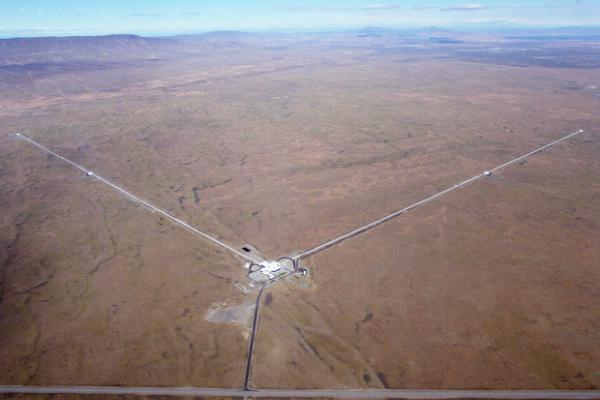The world’s first alien life form containment facility is under discussion in Europe as the European Space Agency (ESA) looks at ways to bring a sample back to earth from Mars.
If you are wearing a gold ring on your finger, it may well have started life in the collision of two neutron stars - small celestial objects that are formed when massive stars collapse.
The sooner-than-expected discovery of gravitational waves, announced in February, has given a new impetus to scientists in the field, who are now working to make sense of what it means not only for…
At the extremes of mass, energy, gravity and space-time – black holes still present a mystery for scientists, yet the key to finding a way forward is reconciling gravity, described by Albert Einstein…
Life could exist on Mars, tests on microbes have revealed, but finding it will be no easy task.
Sending astronauts to Mars poses several large challenges, among them a long journey filled with life-threatening radiation from cosmic ray exposure and solar flares. Not to mention the fact that we…
Dozens of spacecraft have visited Mars over the years, generating untold amounts of data and expertise. Now scientists are bringing all of this together, with a hope of painting a new picture of the…
There could have been life under the surface of Mars, according to Prof. Jan Woerner, Director General of the European Space Agency (ESA), which in March is launching its ExoMars mission to find out.
By studying the atmospheres of distant planets with sensitive new light analysis techniques, astrobiologists might be able to pinpoint which ones could be home to alien lifeforms.
Gravitational waves have been detected on earth for the first time, researchers at the Laser Interferometer Gravitational-wave Observatory (LIGO) in the US and the VIRGO detector in Italy have…














